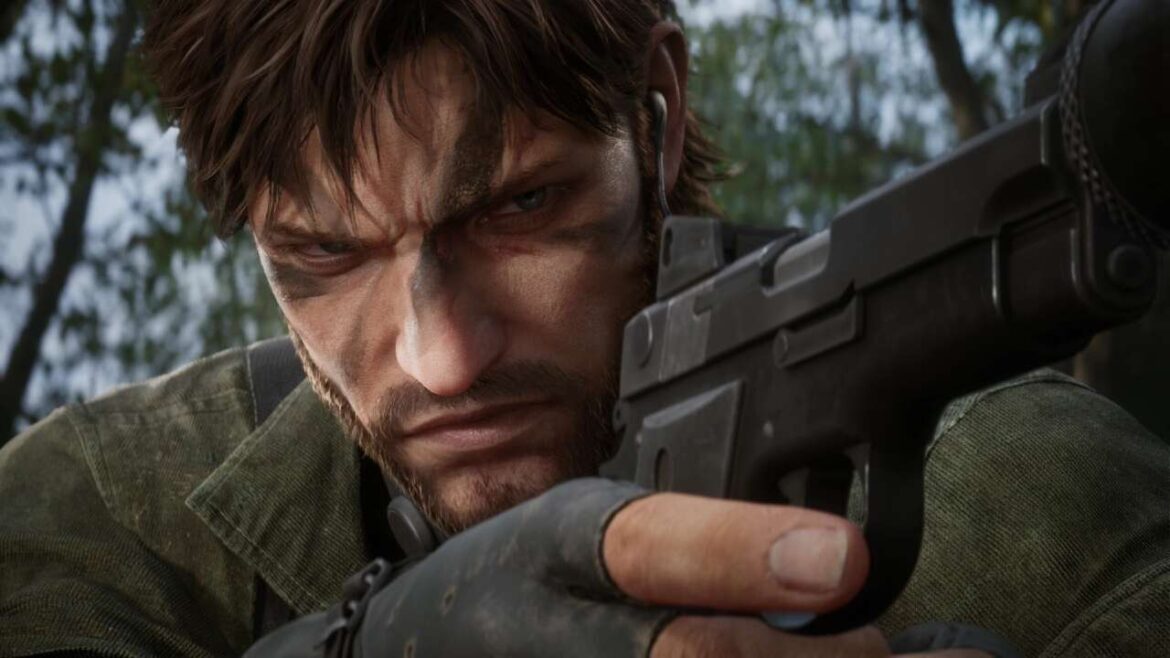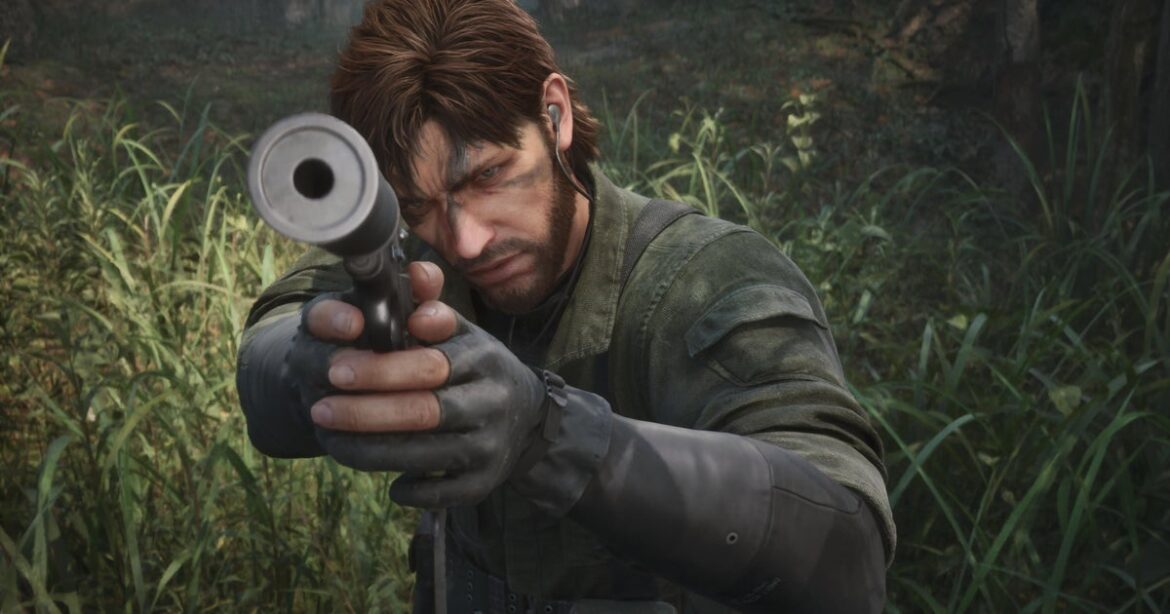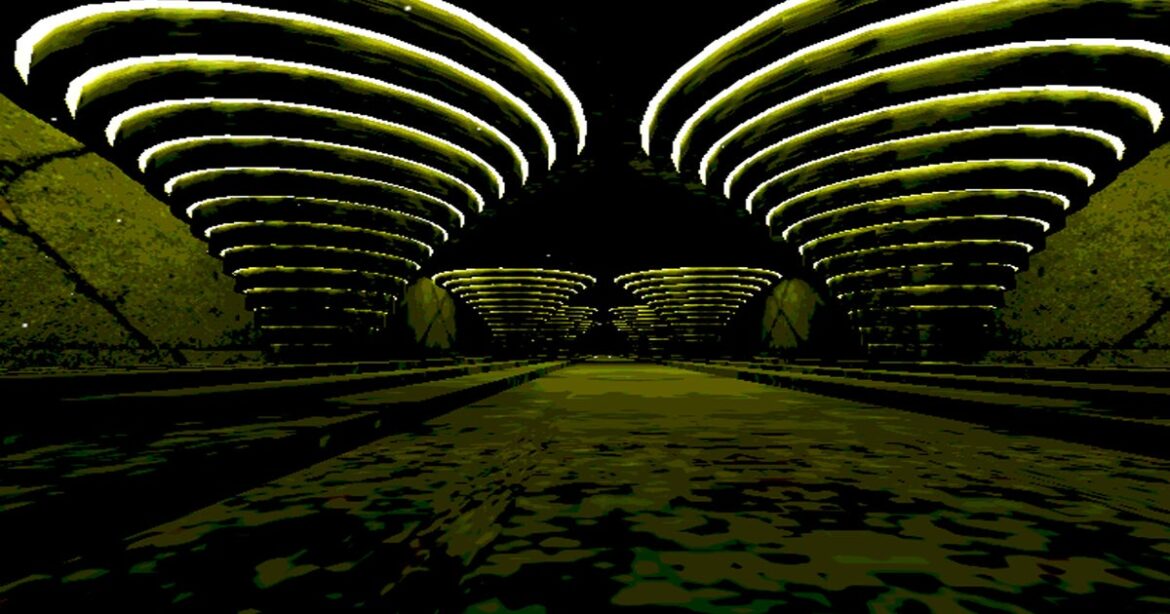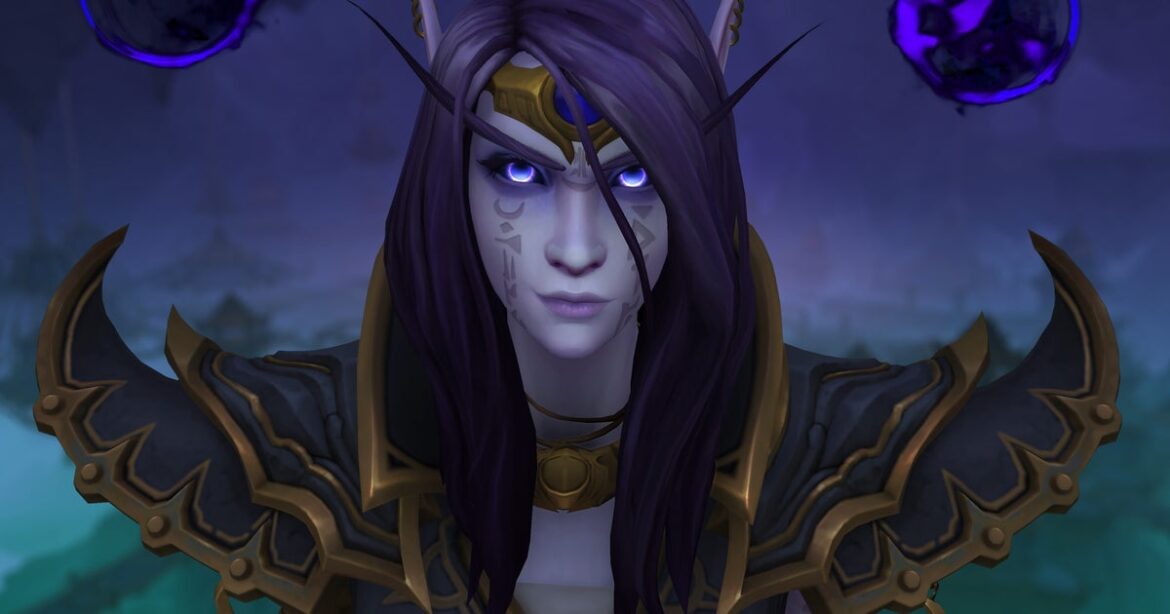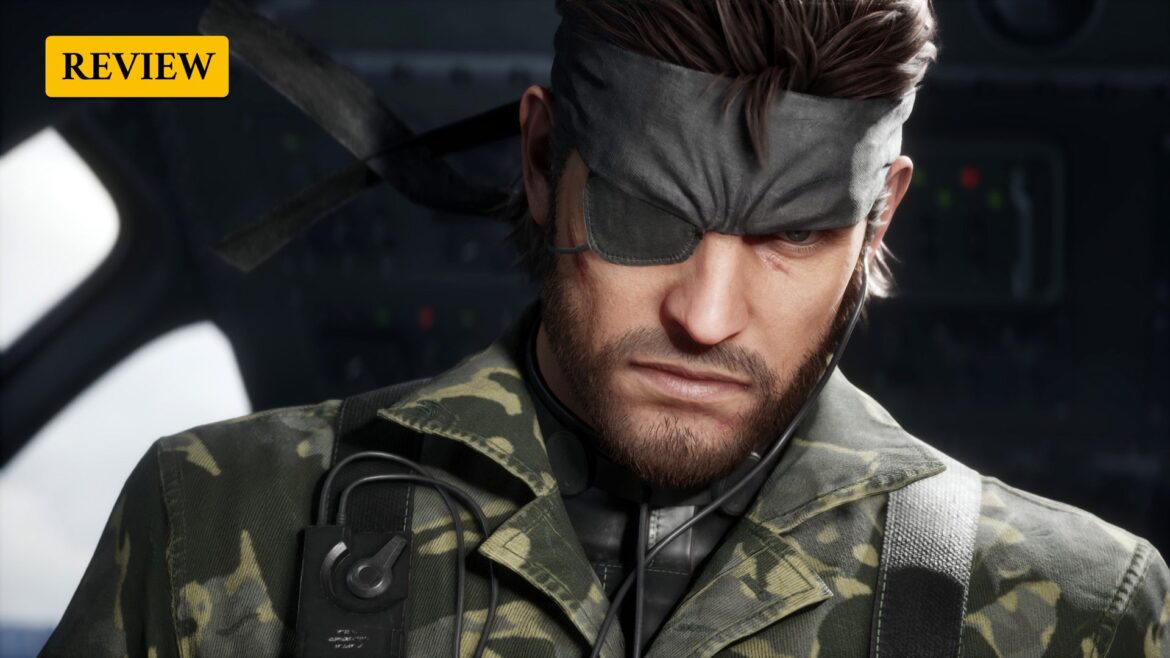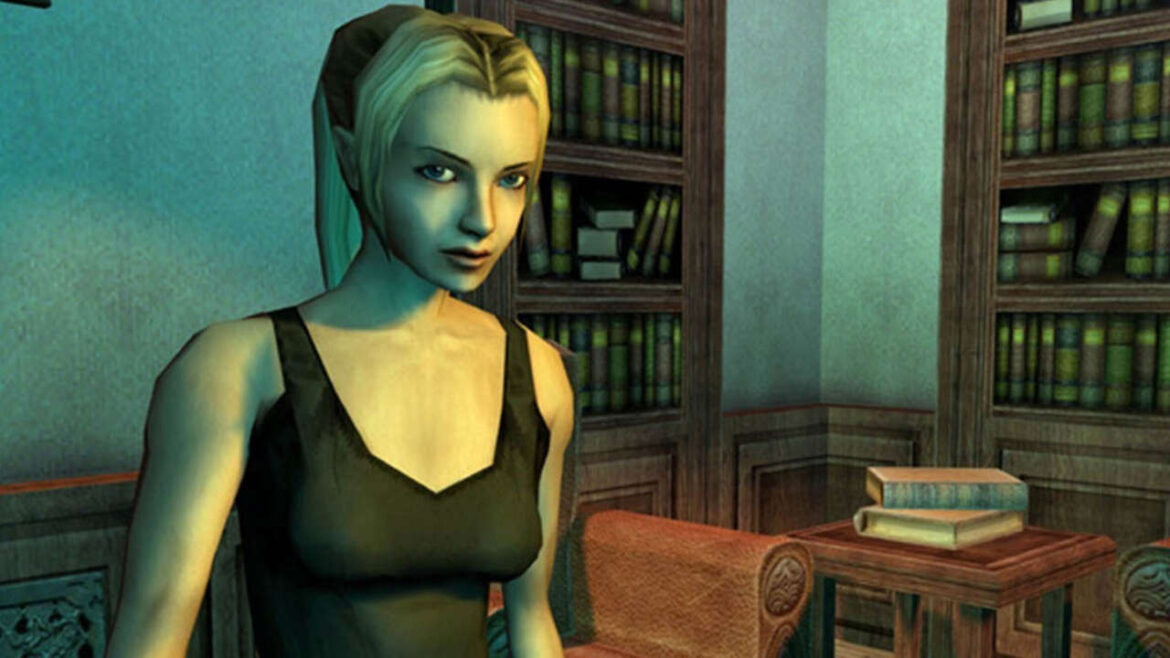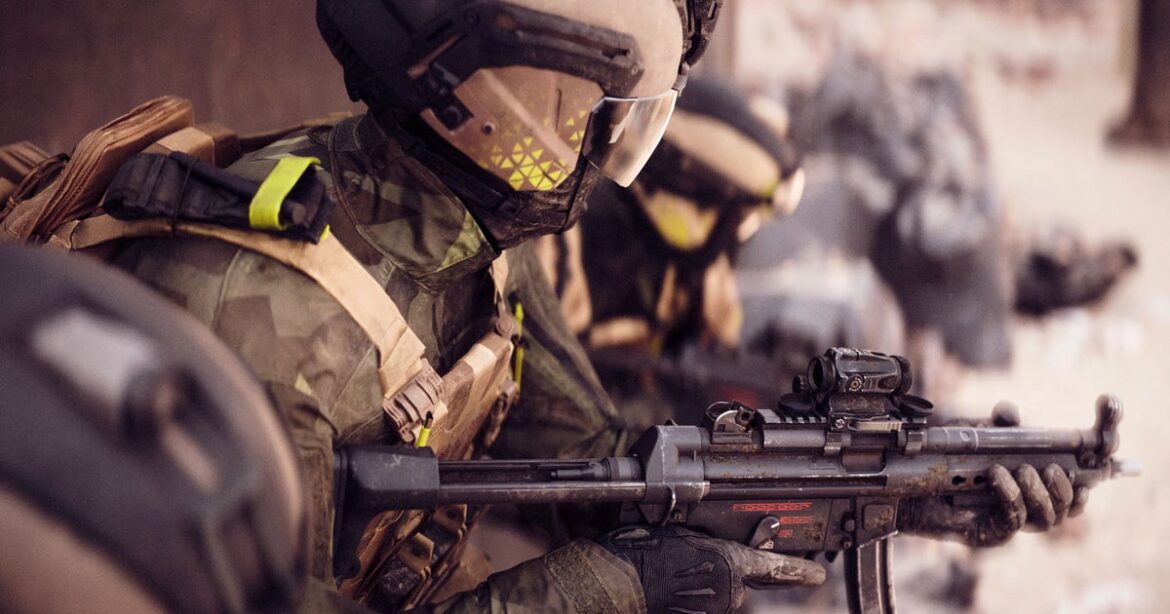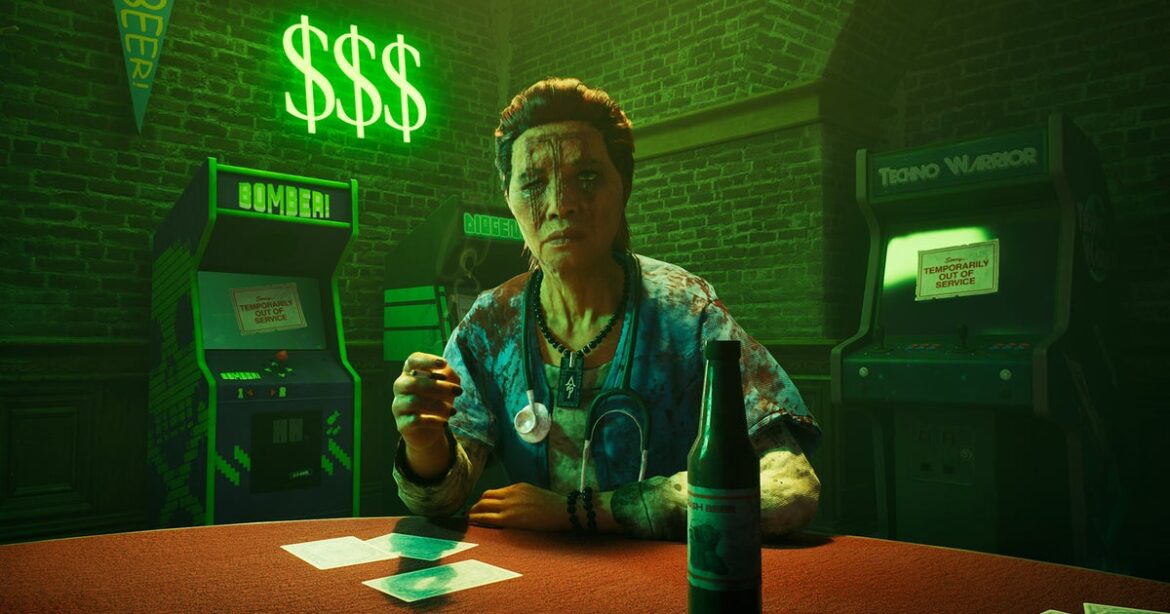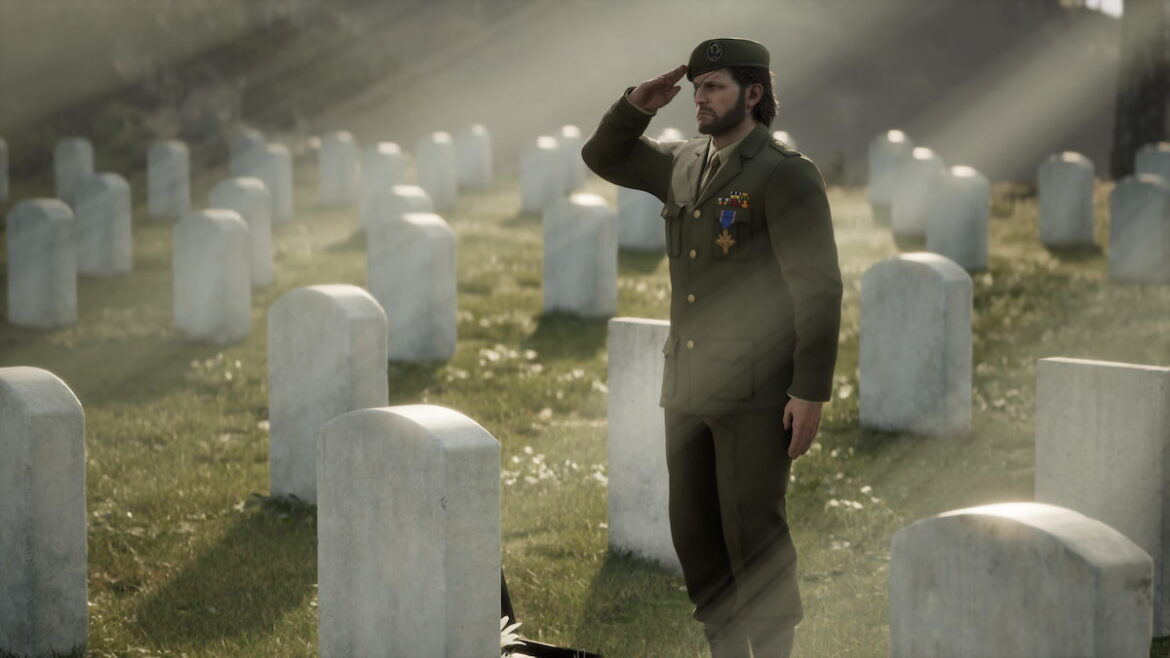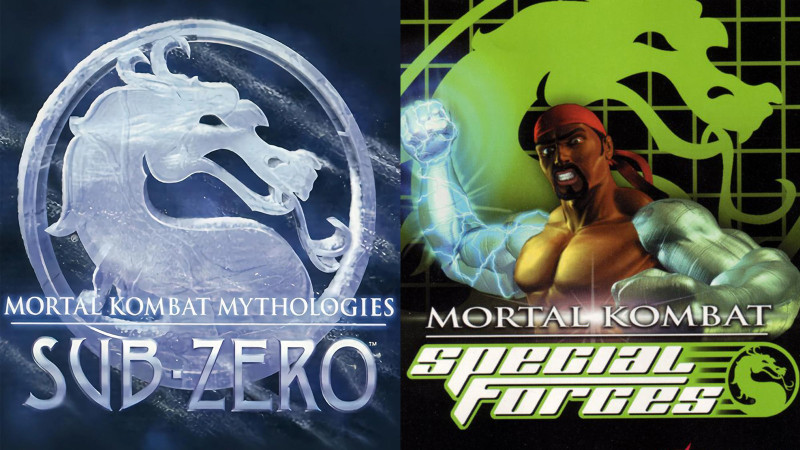David Hayter is always down to play Snake–whether it’s Naked or Solid. But the voice actor does wish he had the chance to re-record lines for Metal Gear Solid Delta: Snake Eater, the remake of the 2004 PS2 game.
Speaking with Inverse, Hayter explained that he believes he could have improved some of his dialogue from the original game for the remake. “I do feel that I’m a little better of an actor now than I was then,” said Hayter, with a laugh. “It was fine back in the day, but I would have loved to bring some of the knowledge that I’ve picked up over the past 20 years to it.”
Want us to remember this setting for all your devices?
Sign up or Sign in now!
Please use a html5 video capable browser to watch videos.
This video has an invalid file format.
Sorry, but you can’t access this content!
Please enter your date of birth to view this video
JanuaryFebruaryMarchAprilMayJuneJulyAugustSeptemberOctoberNovemberDecember12345678910111213141516171819202122232425262728293031Year202520242023202220212020201920182017201620152014201320122011201020092008200720062005200420032002200120001999199819971996199519941993199219911990198919881987198619851984198319821981198019791978197719761975197419731972197119701969196819671966196519641963196219611960195919581957195619551954195319521951195019491948194719461945194419431942194119401939193819371936193519341933193219311930192919281927192619251924192319221921192019191918191719161915191419131912191119101909190819071906190519041903190219011900
By clicking ‘enter’, you agree to GameSpot’s
Terms of Use and
Privacy Policy
enter
Now Playing: Metal Gear Solid Delta: Snake Eater Review
That said, Hayter is apparently holding out hope that he can show off his improved acting chops in a future Metal Gear Solid game. If one does get made, the franchise will be handed off to a new generation of Konami developers. “Anytime they ask me to be Snake, I’m in,” said Hayter, who voiced the character in the first four mainline entries (and other spin-offs). “It’s the definitive role in my life. It’s so complex and so profound, and there are so many different aspects to both him and Big Boss. So anytime it comes up, I’m down.”
In 2013, Hayter was replaced as the actor for Snake by Keifer Sutherland–known for 24, Stand By Me, and The Lost Boys–in Metal Gear Solid V: The Phantom Pain. Needless to say, it wasn’t easy to swallow at the time for Hayter. However, earlier this month, Hayter expressed that he’s come to peace with The Phantom Pain.
Metal Gear Solid Delta is set to launch next week on August 28 for PC, PS5, and Xbox Series X|S. The game will get a new online multiplayer mode called Fox Hunt in the fall, but it won’t support cross-play. For more, check out GameSpot’s Metal Gear Solid Delta: Snake Eater review.

